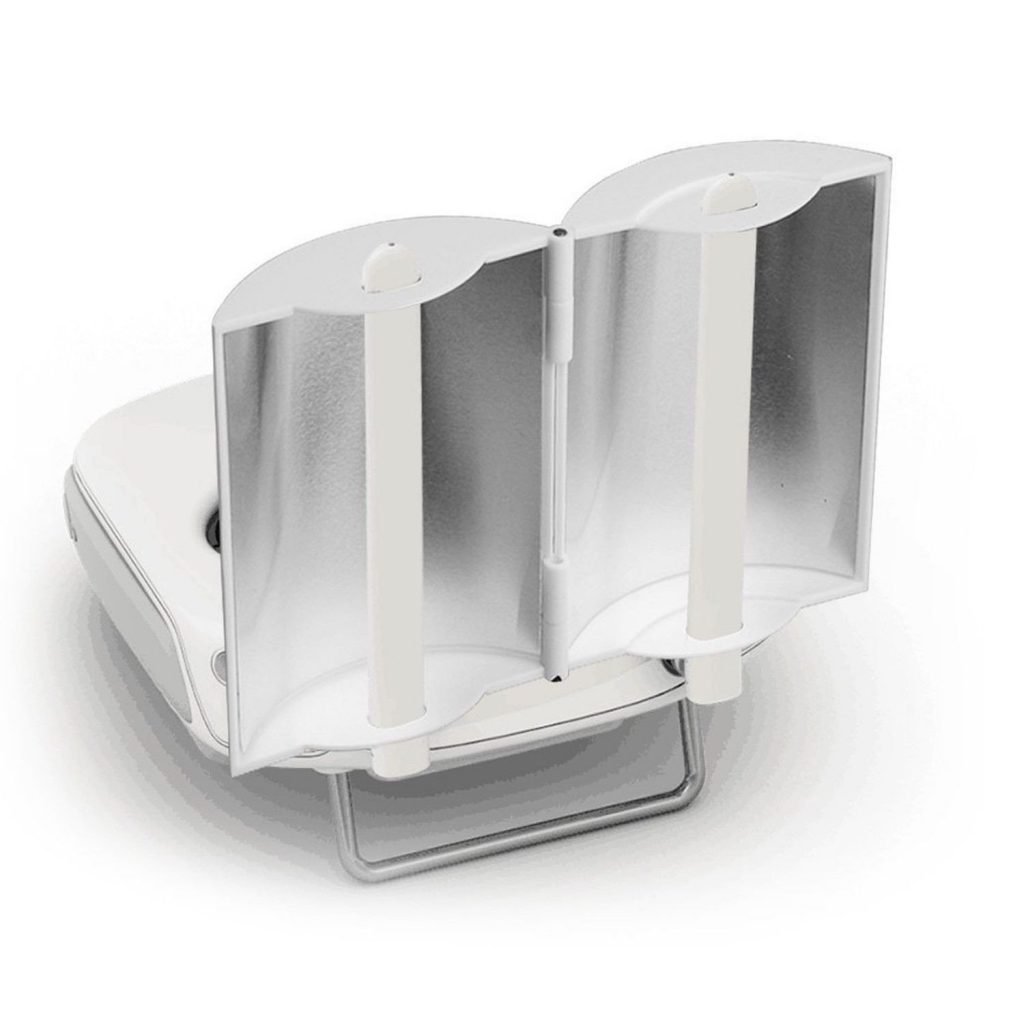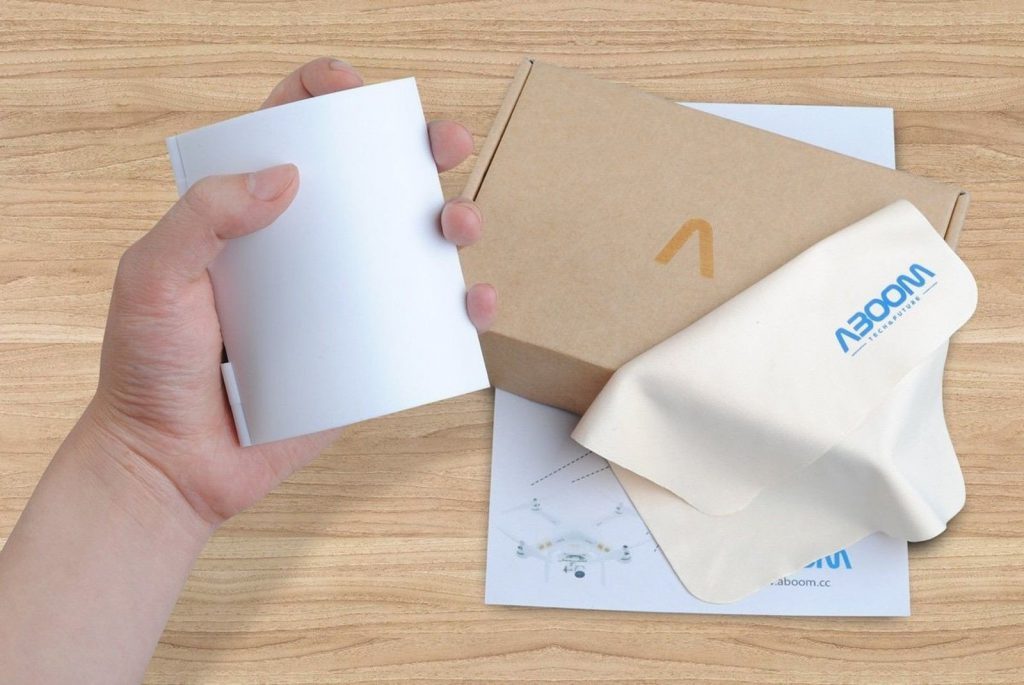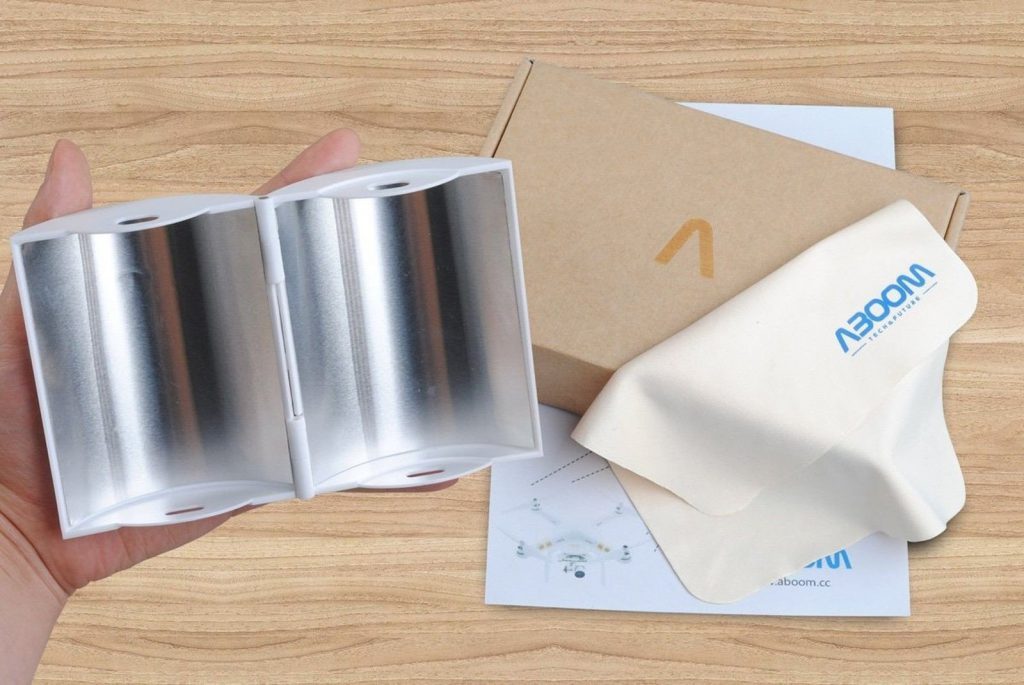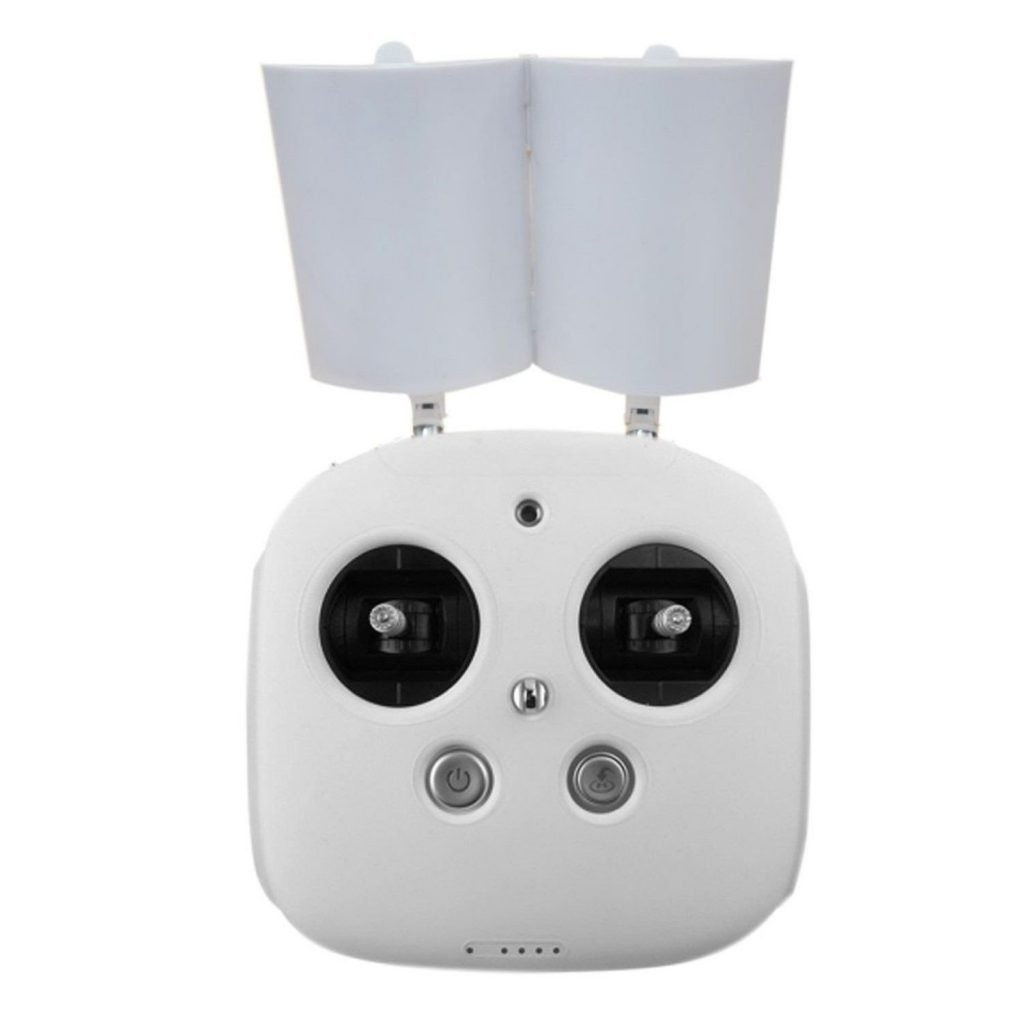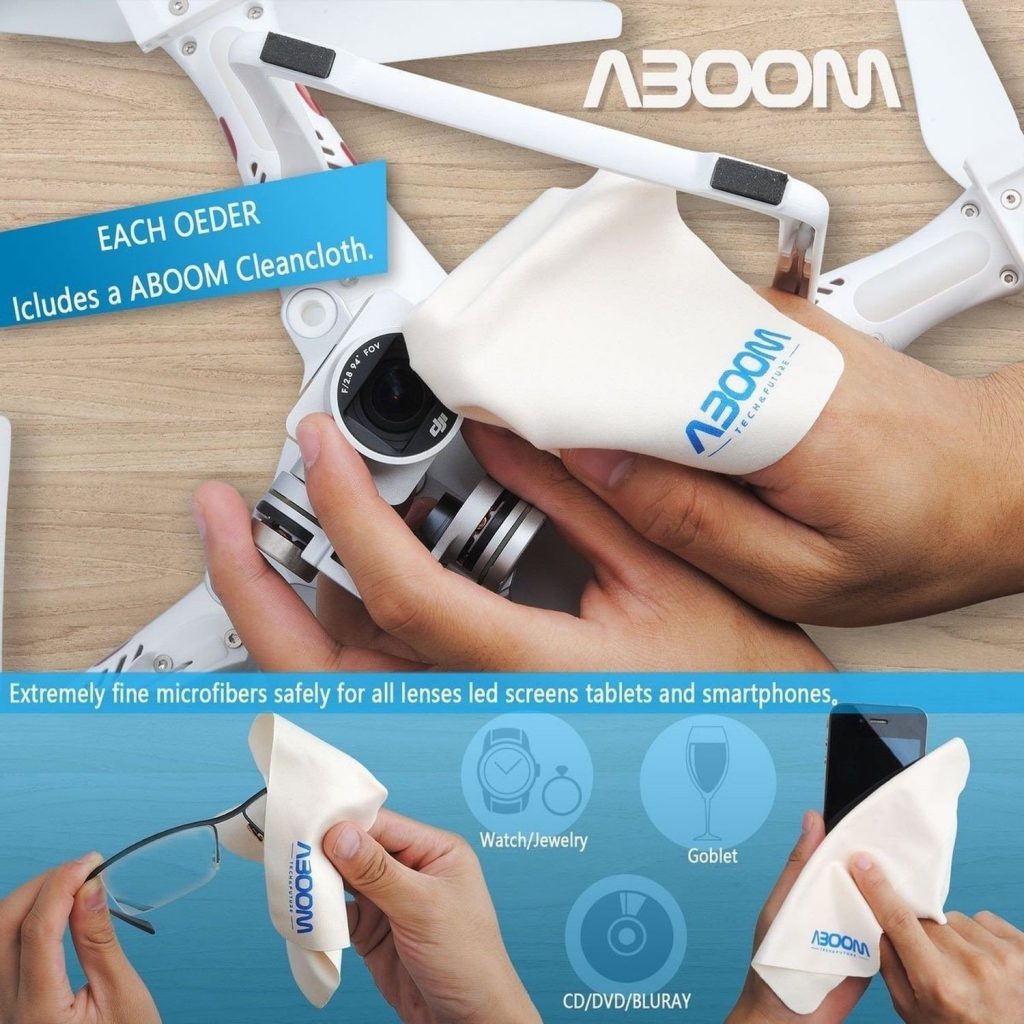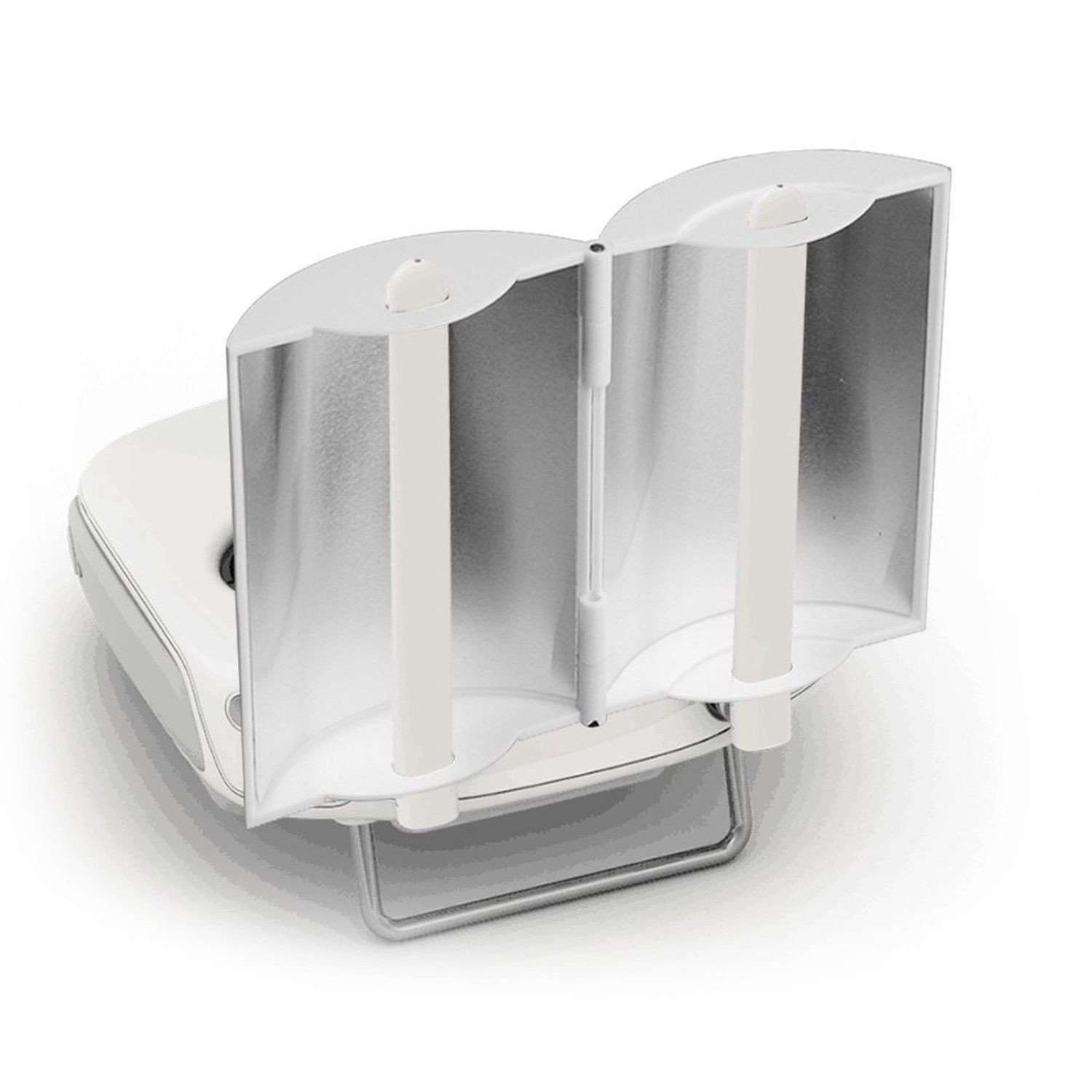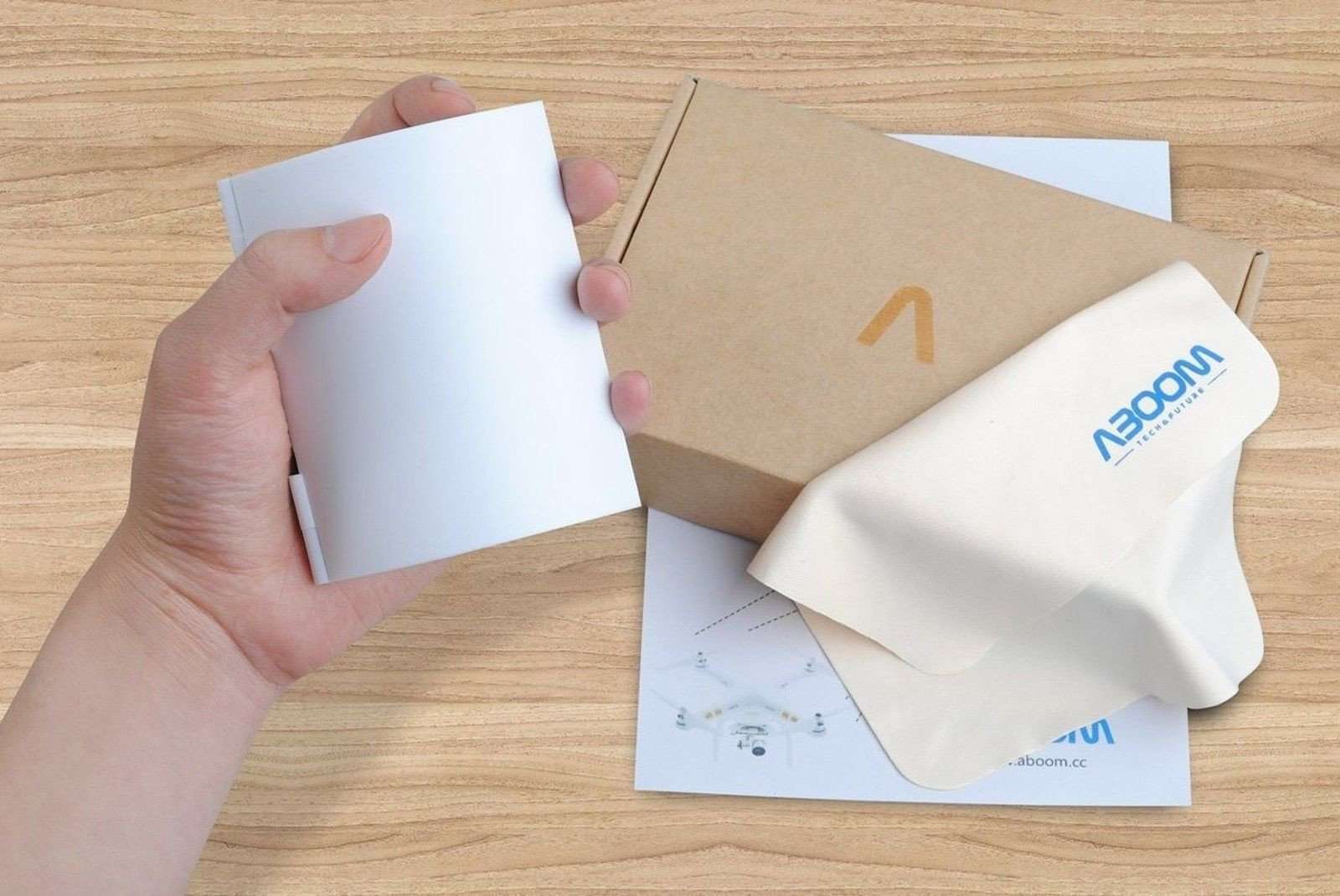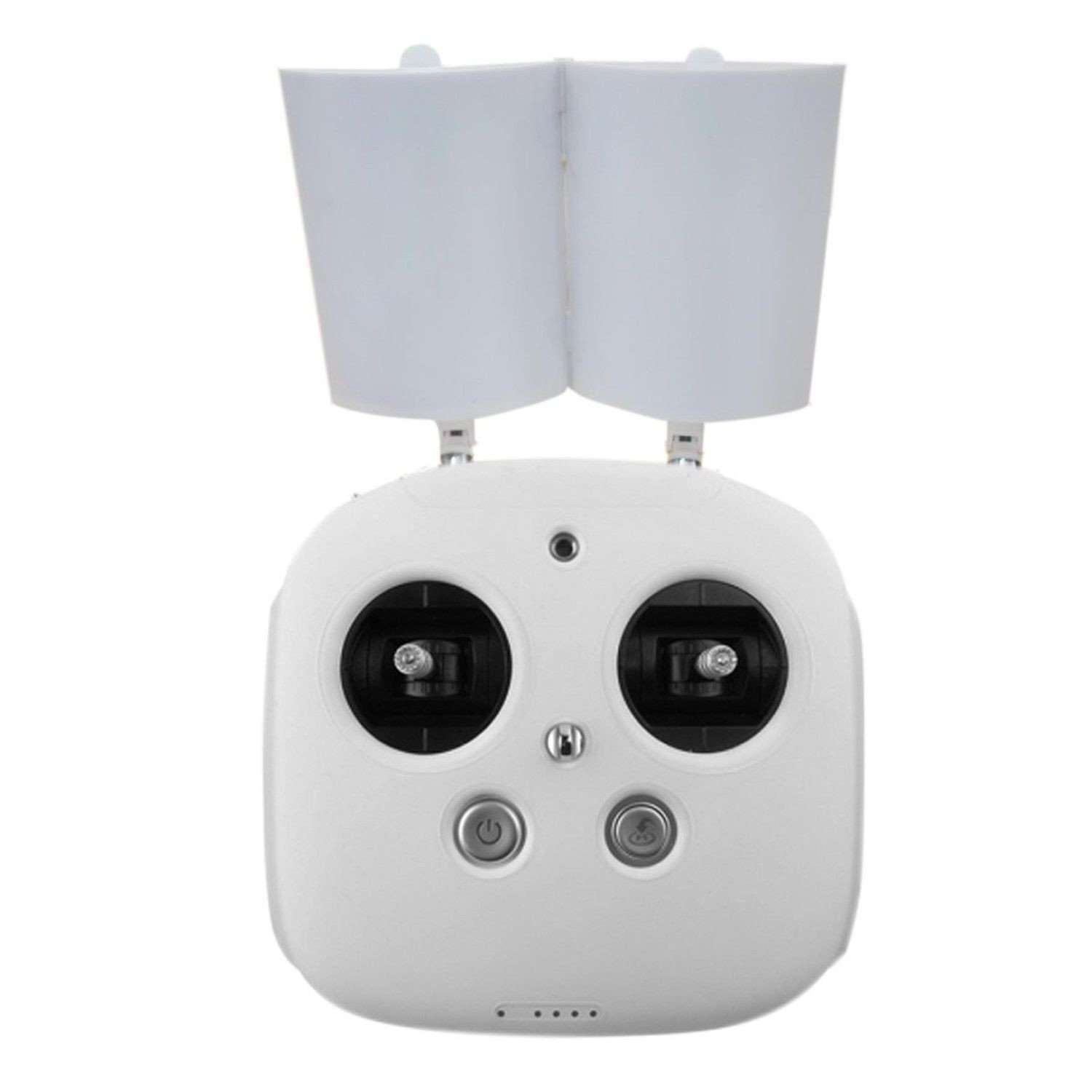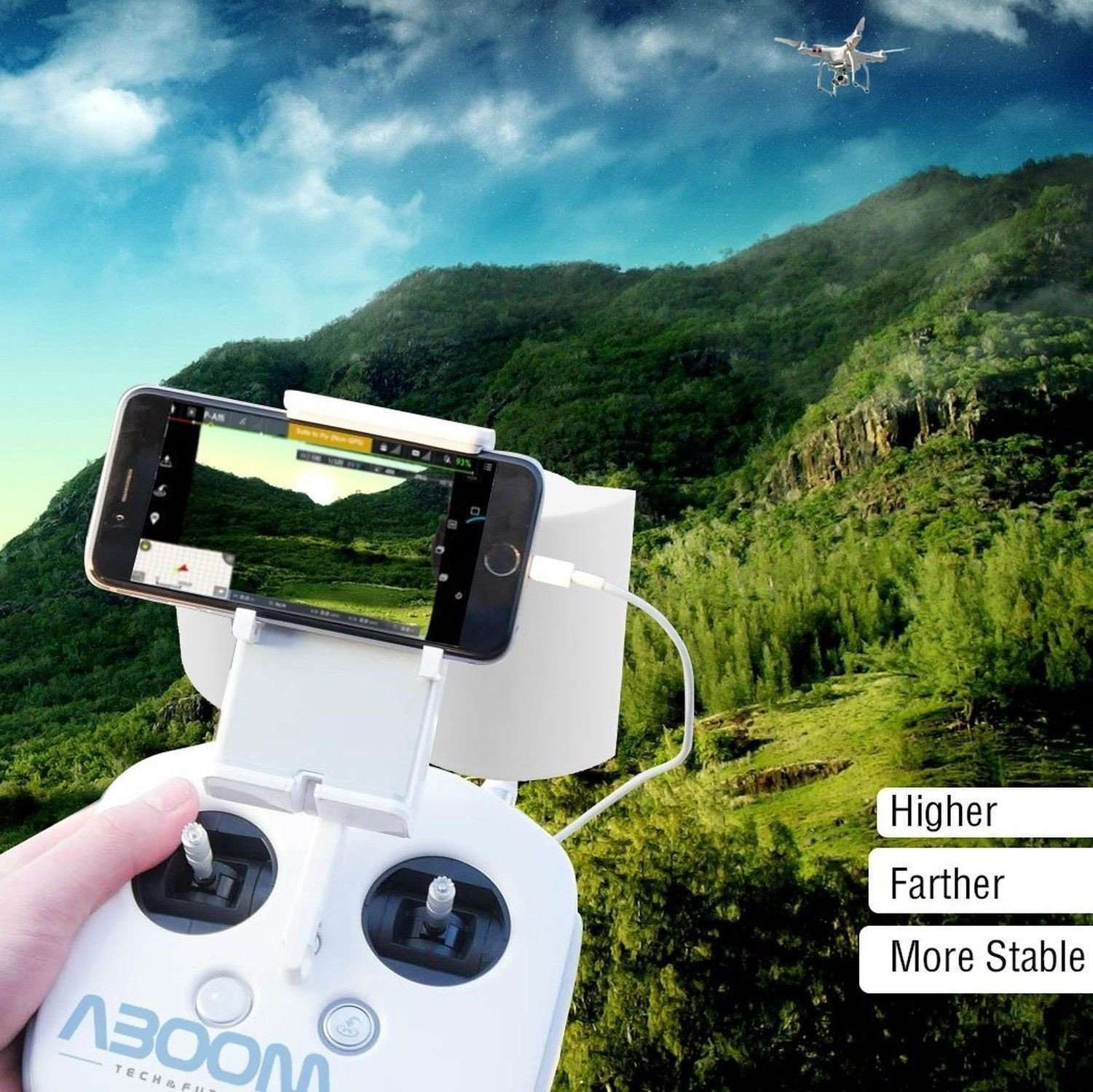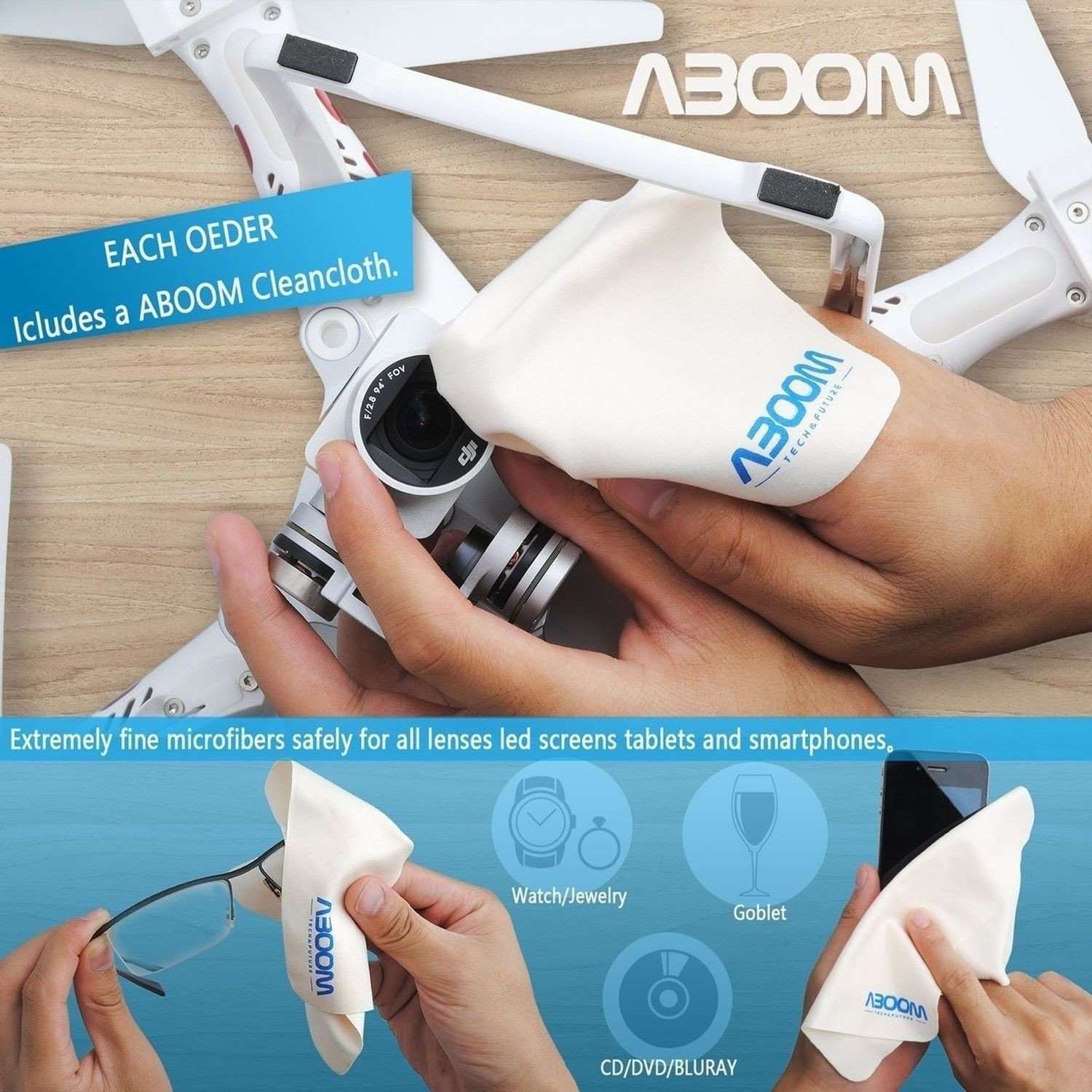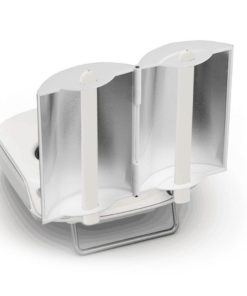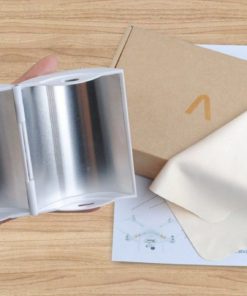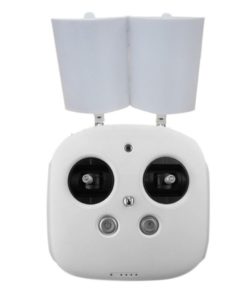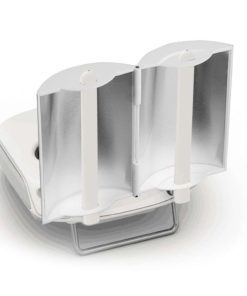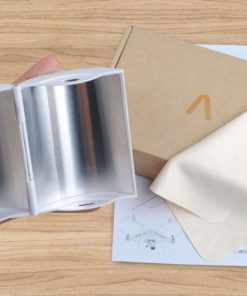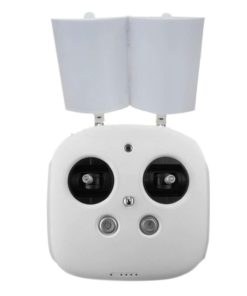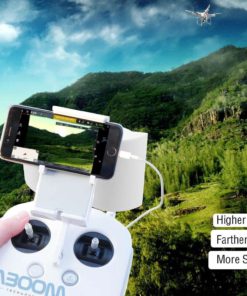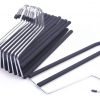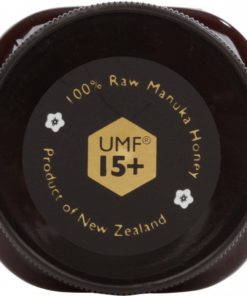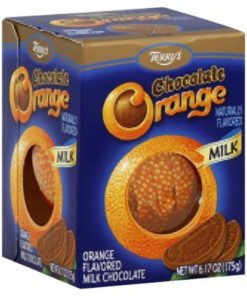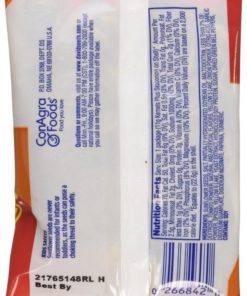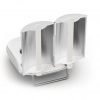Aboom Copper Parabolic Antenna Range Booster For Dji Phantom 4
$23.90 Original price was: $23.90.$19.95Current price is: $19.95.
ABOOM Copper Parabolic Antenna Range Booster for DJI Phantom 4 Product Details Product Dimensions: 81 X cleaning cloths for lens and screen;1Xinstructions Theory of Parabolic Antenna A parabolic antenna is an antenna that uses aparabolic reflector, a curved surface with the cross-sectional shape of aparabola, to direct the radio waves. The most co
ABOOM Copper Parabolic Antenna Range Booster for DJI Phantom 4
Product Details
- Product Dimensions: 8.2 x 4.5 x 1.7 inches
- Item Weight: 3.2 ounces
- Shipping Weight: 3.2 ounces
- Manufacturer recommended age: 12 years and up
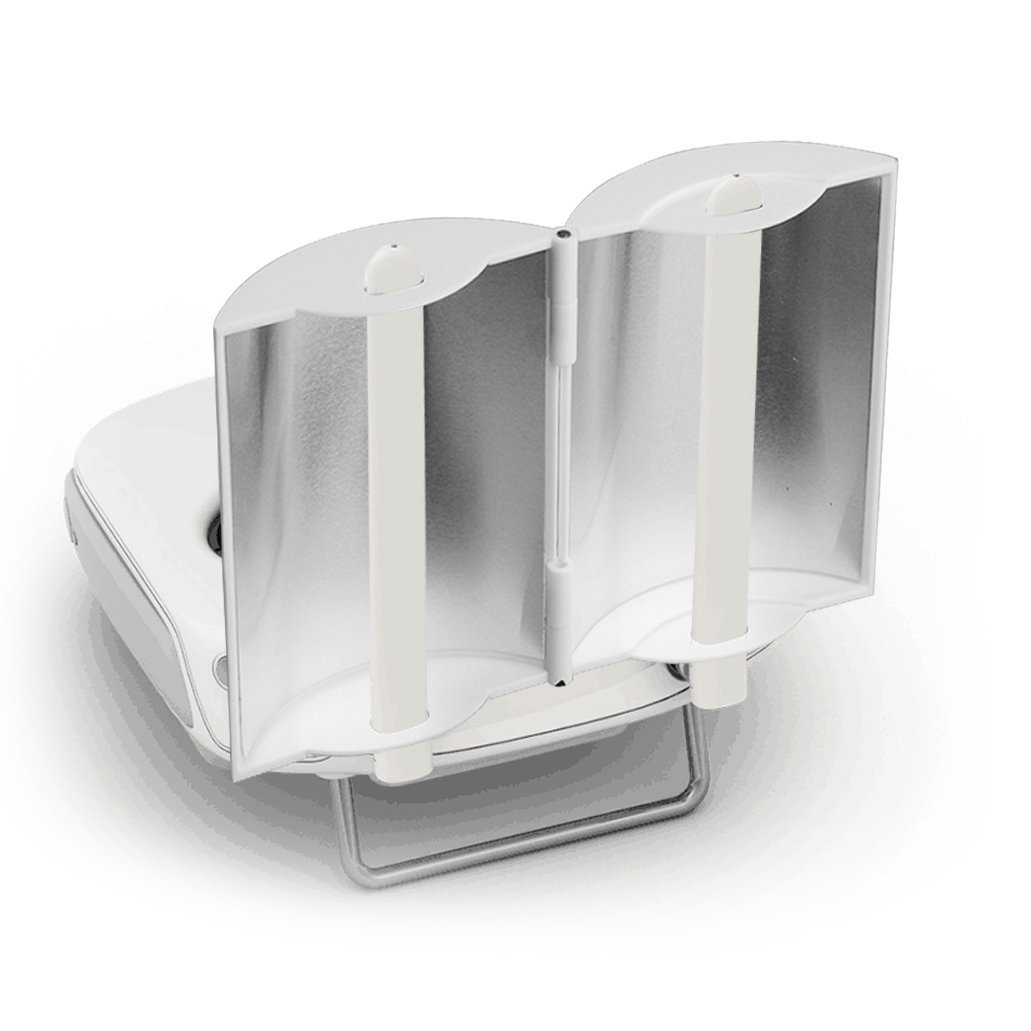
- Function:Accurate parabolic curved booster completely reflects the remote signal to the antenna (the focal point of the reflector),It improves both remote control and Wi-Fi video connection performance for DJI Phantom 3 / Inspire 1. In an open testing area, it boosts additional 50%-100% FPV range.
- Industrial Design:Design for your DJI Phantom4 Phantom 3 advanced/professional/ Inspire 1 controller ,It is antenna can be folded and Easy to install and carry
- Material:The catopter side is Made by aluminum foil,Effectively prevent oxidation,The other side is produce plastic articles by injection moulding
- It improves both remote control and Wi-Fi video connection performance for DJI Phantom 3 Phantom4/ Inspire 1, In an open testing area, The actual measurement distance greater than 2.8KM.
- Package Included: 1 X DJI Remote Controller Transmitter Signal Amplifier Expansion;1 X cleaning cloths for lens and screen;1Xinstructions
Theory of Parabolic Antenna A parabolic antenna is an antenna that uses aparabolic reflector, a curved surface with the cross-sectional shape of aparabola, to direct the radio waves. The most common form is shaped like adish and is popularly called a dish antenna or parabolic dish. The mainadvantage of a parabolic antenna is that it has high directivity. It functionssimilarly to a searchlight or flashlight reflector to direct the radio wavesin a narrow beam, or receive radio waves from one particular direction only.Parabolic antennas have some of the highest gains, that is, they can producethe narrowest beamwidths, of any antenna type. In order to achieve narrowbeamwidths, the parabolic reflector must be much larger than the wavelength ofthe radio waves used, so parabolic antennas are used in the high frequencypart of the radio spectrum, at UHF and microwave (SHF) frequencies, at whichthe wavelengths are small enough that conveniently-sized reflectors can beused. The other large use of parabolic antennas is for radar antennas, inwhich there is a need to transmit a narrow beam of radio waves to locateobjects like ships, airplanes, and guided missiles.[2] With the advent of homesatellite television receivers, parabolic antennas have become a commonfeature of the landscapes of modern countries. The parabolic antenna wasinvented by German physicist Heinrich Hertz during his discovery of radiowaves in 1887. He used cylindrical parabolic reflectors with spark-exciteddipole antennas at their focus for both transmitting and receiving during hishistoric experiments.
- Canada shipment can take up to 10 days
- Alaska, Hawaii, and Puerto Rico shipment can take up to 10 days, and some items may not be permitted to ship to these locations.
- If any shipment is not permitted to your area, full refund will be issued within two business days.
- Refund given as money back (no exchanges)
- Return Shipping to be paid by buyer, unless item defective or damaged.
- 15% Restocking fee applies unless return due to defective or damaged product.
- Perishable or Hazardous Goods are not returnable. Returns may require compliance with Manufacturer policies.
Related products

